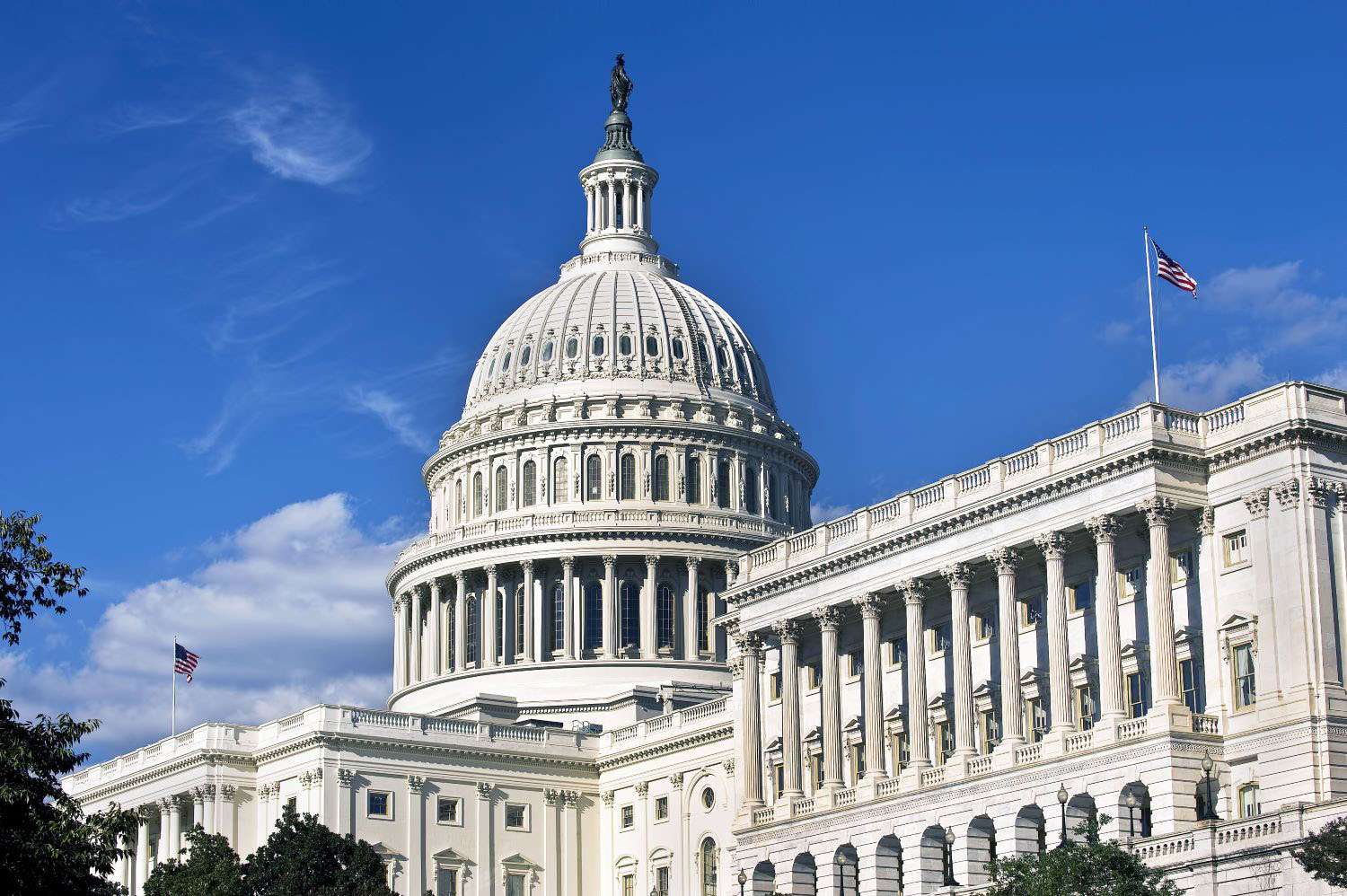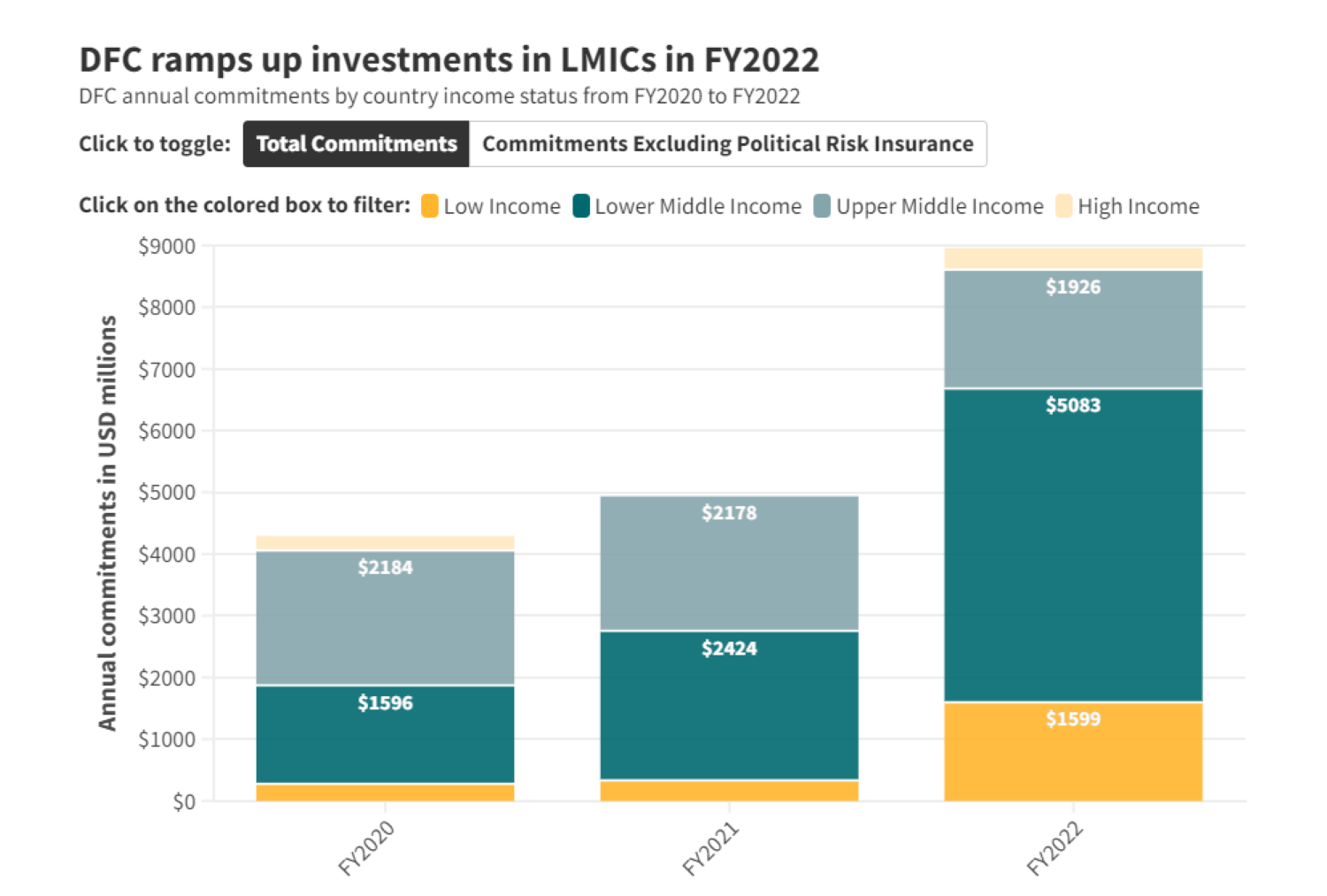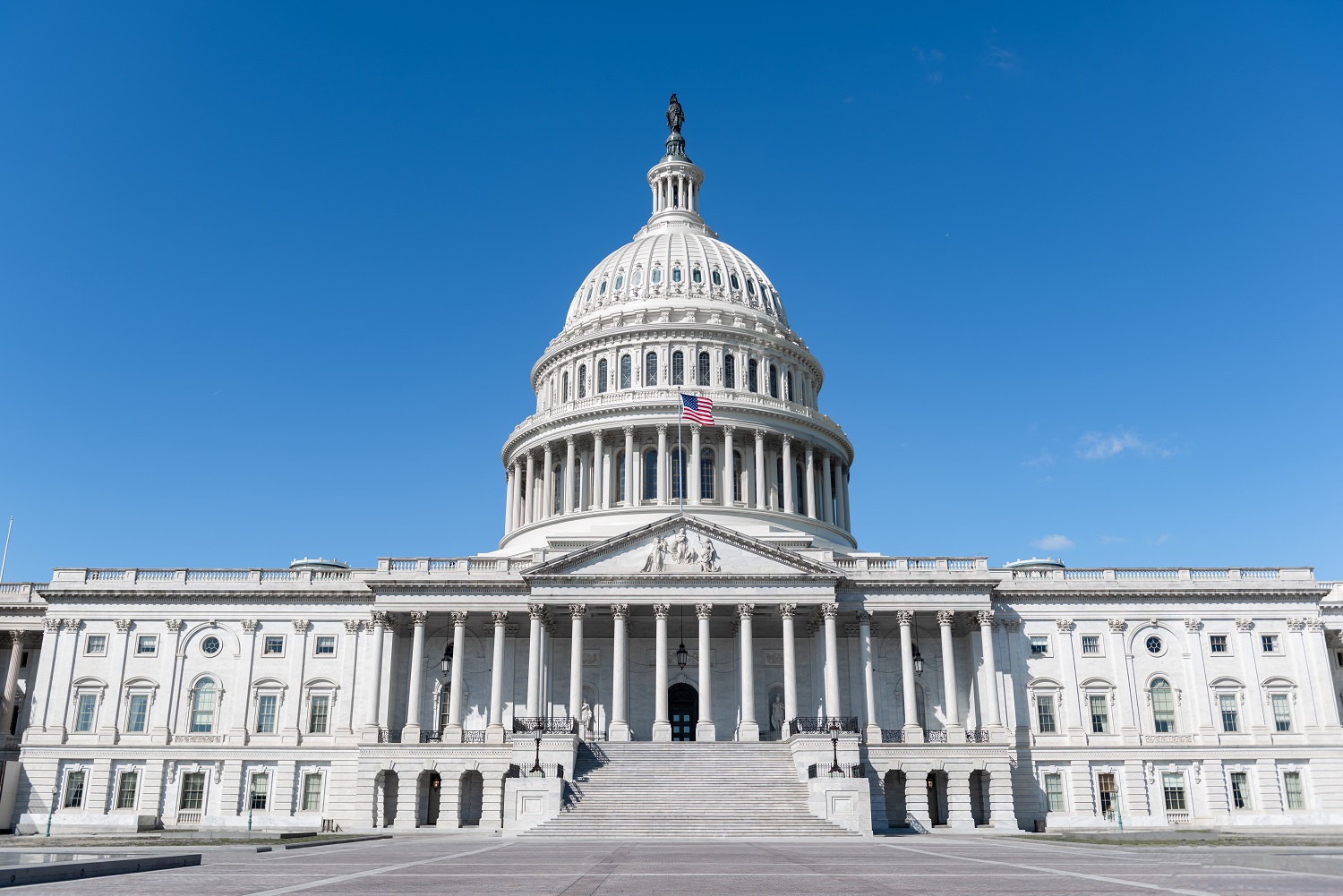On June 5, President Trump announced his intent to nominate Ray Washburne as the President of the Overseas Private Investment Corporation (OPIC) and David Bohigian as Executive Vice President. OPIC, as America’s development finance institution, advances US foreign policy priorities by leveraging debt and insurance to unlock private capital in developing countries.
We’re thrilled to finally see leadership named for OPIC. Hopefully, the nomination of two serious people is also a sign that the administration is reconsidering plans to shut down OPIC. We’ve long argued that OPIC is a crucial part of the US policy toolbox: OPIC offers a unique set of instruments that can build broad economic growth; it works in the markets of some of our most critical allies; it addresses the private sectors’ biggest constraints; it’s a leader among its peers in transparency and accountability. For these reasons, lawmakers on both the left and the right have made the case for supporting OPIC and stepping up US development finance. A recent panel at CGD made it clear that there is a strong conservative case for OPIC.
At the same time, the arguments used to attack OPIC are not supported by the facts—OPIC is not a drain on the budget, it does not distort markets, and there’s no evidence that OPIC is a platform for corporate welfare.
Washburne and Bohigian, in accepting these positions (and assuming they are confirmed by the Senate), can not only defend OPIC, but leverage its potential to be a major player in promoting economic growth and advancing foreign policy goals. Here are a few ideas to maximize the agency’s effectiveness:
-
Provide clear reporting to help balance OPIC’s competing goals: Our previous work analyzing OPIC’s portfolio found that the agency is frequently caught between its trio of objectives of advancing foreign policy priorities, maximizing development impact, and ensuring financial payback. One reform to address this is to create “stoplight screens” to help management and the board more clearly balance competing goals.
-
Keep making OPIC more transparent: Openness helps OPIC remain accountable to taxpayers. The agency has made great strides in improving transparency and is a leader among its peers. New leadership can do even better by releasing project-level development impact data and aggregating all publicly available data in one place.
-
Ask Congress for new modern finance tools: OPIC still has largely the same rules from its original launch in 1974 and thus lacks several tools that would allow the agency to compete on a more even playing field with Chinese and European institutions. Tools like equity authority, technical assistance, first-loss funding, and a modest grant window would open up new deals for OPIC to pursue and stop US investors from being unnecessarily frozen out.
-
Lay the groundwork for the establishment of a modern, self-sustaining, full-service US Development Finance Corporation: We’ve proposed a US Development Finance Corporation (USDFC) to consolidate and accelerate US private sector-based approaches to development. At no cost to US taxpayers, this would be an agency able to fulfill the ambitious goals of development finance—and an institution worthy of the United States role in the global economy.
CGD blog posts reflect the views of the authors, drawing on prior research and experience in their areas of expertise.
CGD is a nonpartisan, independent organization and does not take institutional positions.





